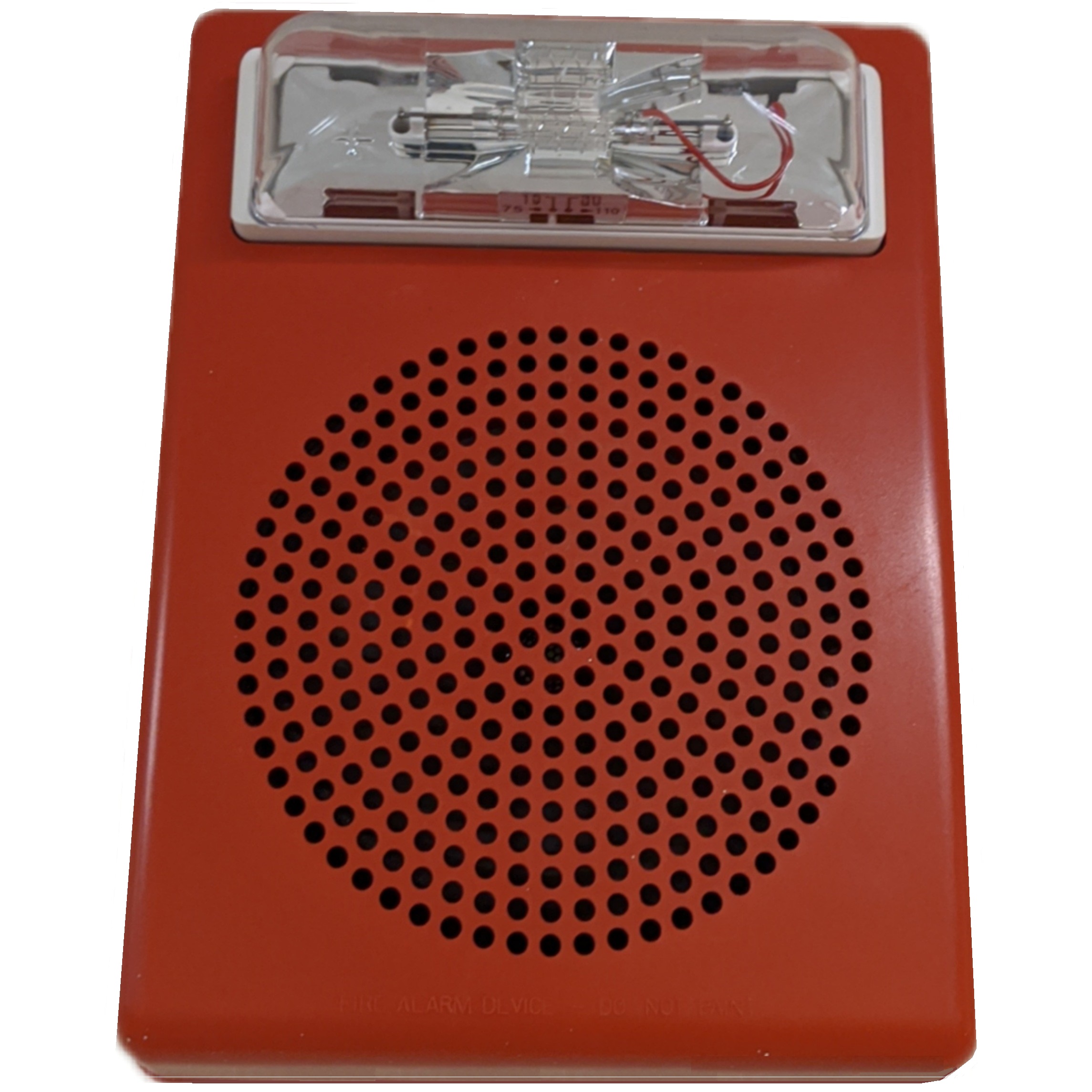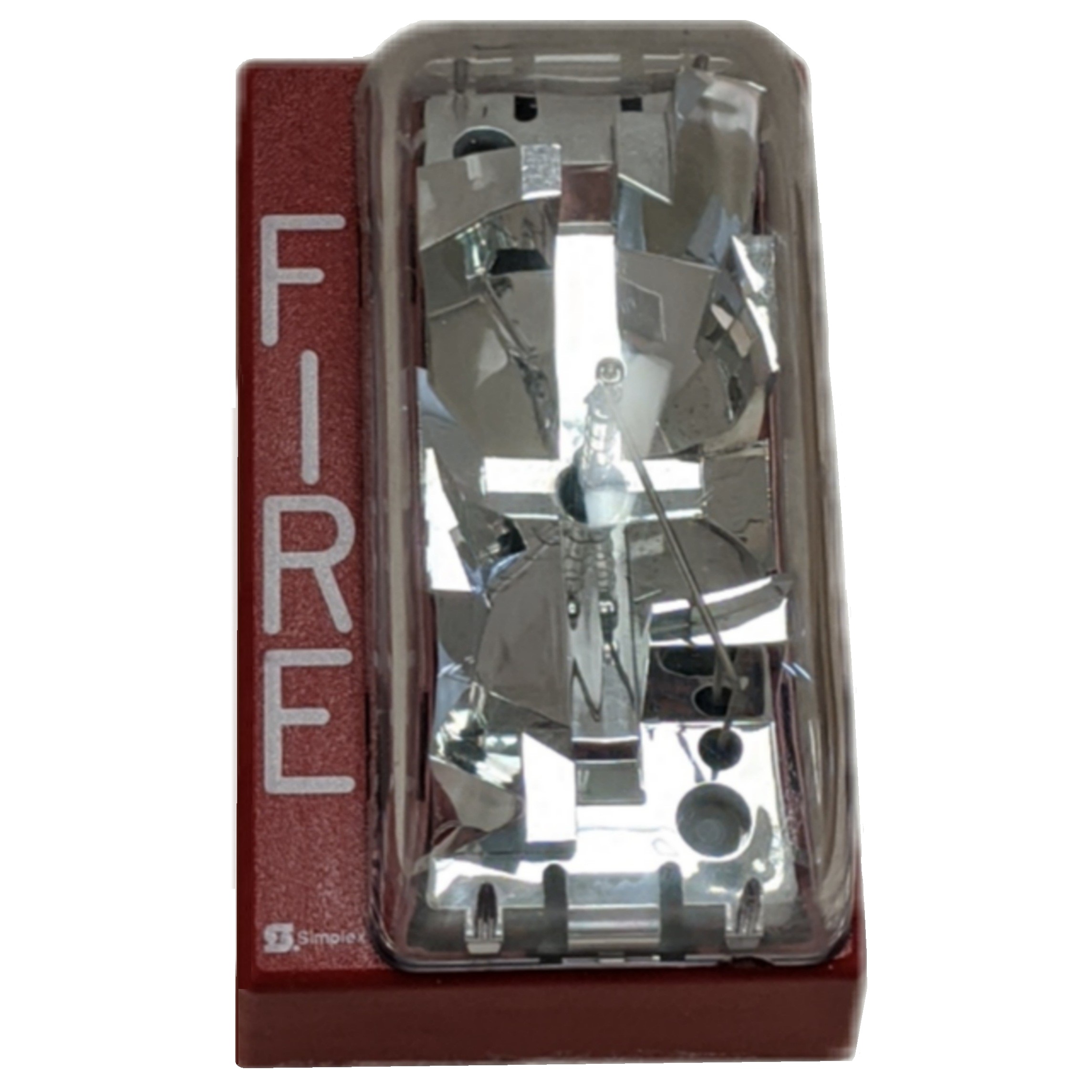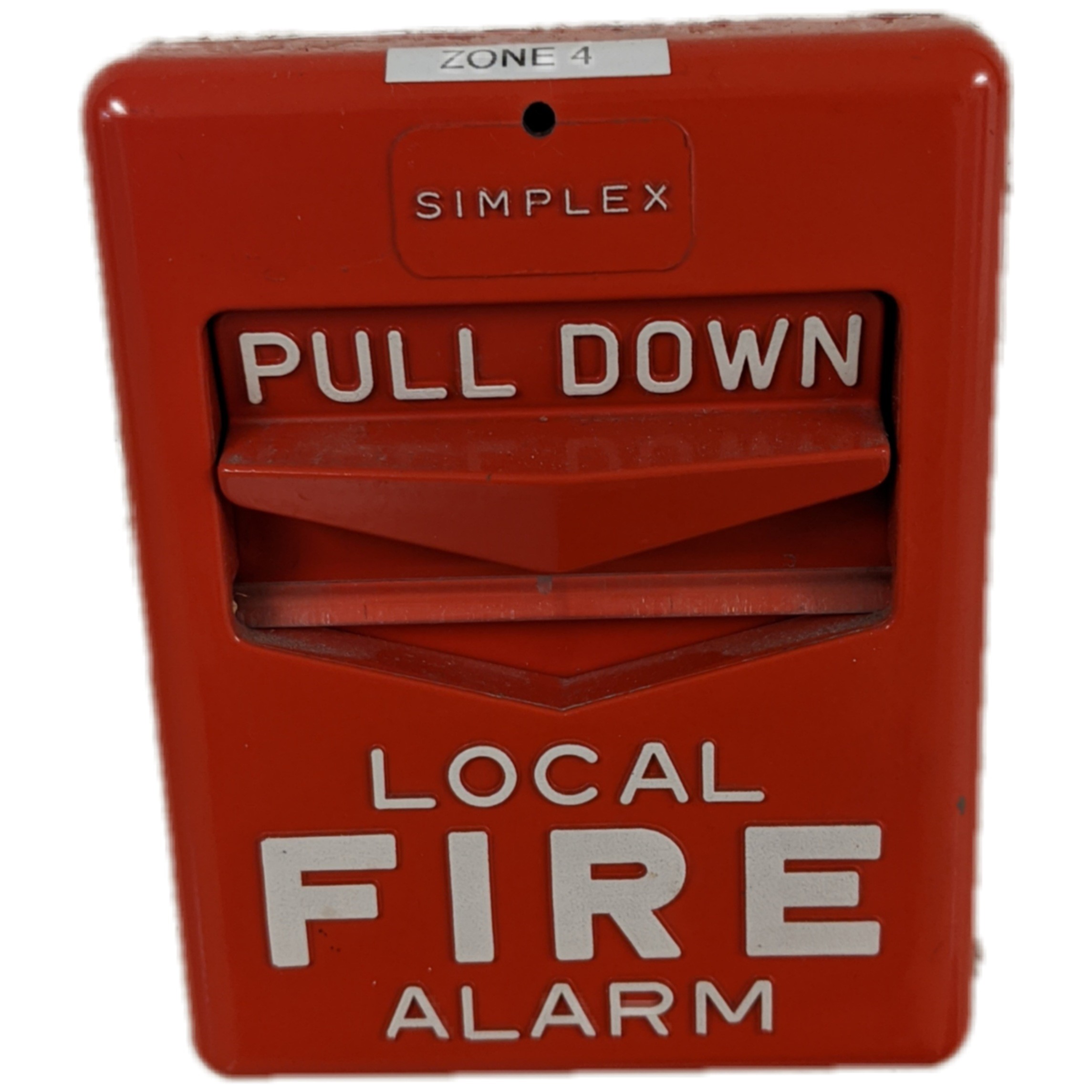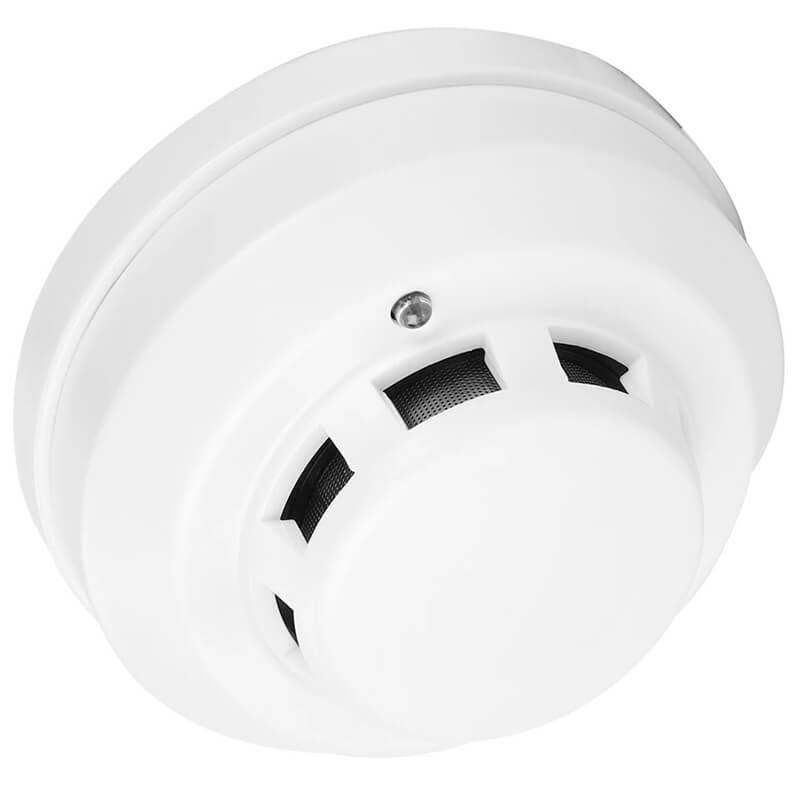Fire Prevention and Protection
Campus buildings are equipped with safety features designed to provide early notification of a fire and safe egress travel out of the building. The features below play a role in protecting building occupants while allowing for safe evacuation of the building.
- fire alarm systems (Initiators, Notification devices)
- fire sprinkler systems
- emergency lighting
- fire doors
Other Life Safety Equipment such as fire extinguishers and generators may also be part of a building’s safety features, ensuring occupant safety.
Summary
The purpose of this section is to provide information regarding fire protection systems. This information includes what different components do and requirements to ensure proper function. Other information includes reporting fire safety concerns and training requests. Important information that we would like you to take from this reading includes the following:
- Not to block or tamper with fire equipment
- Be familiar with the Emergency Response Plans for the unique buildings you frequent
- Identify fire safety features and know what they do
- Basic knowledge of fire extinguisher types and their uses
- Know how to report a fire safety issues and who to involve
Fire Doors
A fire door serves as a barrier to limit the spread of fire and restrict the movement of smoke. Unless held open by the automatic systems, fire doors should always remain closed. Fire doors are normally located in stairwells, corridors, and other areas required by Fire Code. The door, door frame, locking mechanism, and closure are rated between 20 minutes and three hours. A fire door rating indicates how long the door assembly can withstand heat.
Keep Fire Doors Closed
Know which doors are fire doors and keep them closed to protect building occupants and exit paths from fire and smoke. Never prop a fire door open with a non-approved closure device such as:
- door stops
- block of wood
- potted plant
or fire doors with approved closure devices, make sure that nothing around the door can impede the closure. Doors to offices, laboratories, and classrooms help act as smoke barriers regardless of their fire rating. Keep these doors closed whenever possible.
Unobstructed Pathways
Fire doors should be easily seen; the path to and through the door should be clear. Do not tamper with fire doors or block them with any items.
Alterations
Never alter a fire door or assembly in any way. Simple alterations such as changing a lock or installing a window can lessen the fire rating of the door. Fire doors have a strict process when it comes to modifications, if repairs or changes need to be made please contact Environmental, Health, and Safety.
Extinguishers
It is essential that all employees be familiar with the proper use of portable fire extinguishers and know when and when not to use them. Remember that fire extinguishers are designed to fight only very small fires. Most average size extinguishers have enough water, dry chemical, or gas for about 15 seconds of firefighting. The rating and the type of extinguisher determines the type of fire it can extinguish. In most public areas on campus, the extinguishers provided are of the type suitable to fight Class A, B, and C fires.

Using an Extinguisher
Campus personnel who are trained in extinguisher use might attempt to mitigate a situation in certain circumstances. If you would decide to attempt to put out any fire, the following prerequisites should be met, before any fighting occurs:
- The fire department has been notified.
- All personnel within the area have been notified.
- The fire is very small (less than the size of a basketball).
- You have been trained in the use of the fire extinguisher.
- You have notified someone of your intent and where the fire is.
While fighting a fire you should leave the area if any of the following things happen:
- The fire is not extinguished in the first 15-20 seconds
- The fire gets bigger
- The smoke increases
Saving property at the cost of life or health is never a good trade.
Training
Fire extinguisher training and/or hands on demonstrations can be requested by contacting Environmental Health and Safety at 8-5162. Additionally, you may go to Fire Extinguisher Training.com for interactive Basic Awareness Training The ABC'S OF PORTABLE FIRE EXTINGUISHERS SELECTION, USE AND MAINTENANCE.
Sprinkler/Suppression Systems
Prevention
The university is committed to following fire safety practices:
- To meet codes set by both the state fire codes and other national standard organizations.
- Install and maintain fire and life safety systems. Ensuring secure structures that meet fire and building codes for workers and visitors
- Develop and communicate internally ISU policies applicable to all campus personnel
Fire Suppression
Fire Suppression systems are governed by the codes under the NFPA and are used in buildings throughout the ISU campus. Suppression systems use a combination of dry chemicals and/or wet agents to suppress fires. These systems have become a necessity as they protect life and help control damage and loss to equipment.
Common Means of Suppression
- fire sprinkler systems (wet, dry, pre-action, and deluge)
- gaseous agents
- Wet and dry chemical
- water
Notification Devices
Fire alarm systems provide a rapid means of notifying building occupants of a fire emergency. These systems must always be kept in operating condition. Tampering with or vandalism of these systems may result in serious injury or possible loss of life during an actual fire emergency.
For questions or concerns involving Fire Alarm equipment please contact Environmental Health and Safety at (8-5162).
Notification Appliances
Notification appliances are devices used to notify occupants of an emergency in the building. These devices usually acquire the attention of occupants by audible (buzzer or alarm) and visual (flashing light) means.
To assure that all occupants are notified, these devices should be free to perform their task without any interference. including any issues caused by:
- Blockage of the flashing emergency lights
- Blockage of the audible devices
- Covering of any emergency equipment
- Tampering with equipment
- Modifications of any kind
Initiating Devices
What is an initiating device?
An initiating device is a unit that triggers an alarm system. A few of these devices are commonly known as fire pull stations, smoke detectors, and heat detectors.
These devices should be unobstructed and easy to access. Keep in mind, obstructing these devices can be an issue for different reasons. For a fire pull station, we want the occupants to see the device if a manual triggering of the alarms is needed. For detectors, we want to make sure that smoke or heat isn’t being blocked from reaching the detector.
Pull Stations
An Initiating device that all occupants should recognize are pull stations. Pull stations are a manual device that are on the path of egress, typically near an exit or stairwell door. Initiating the pull station will activate the building alarm system and alert the University Police Department.




